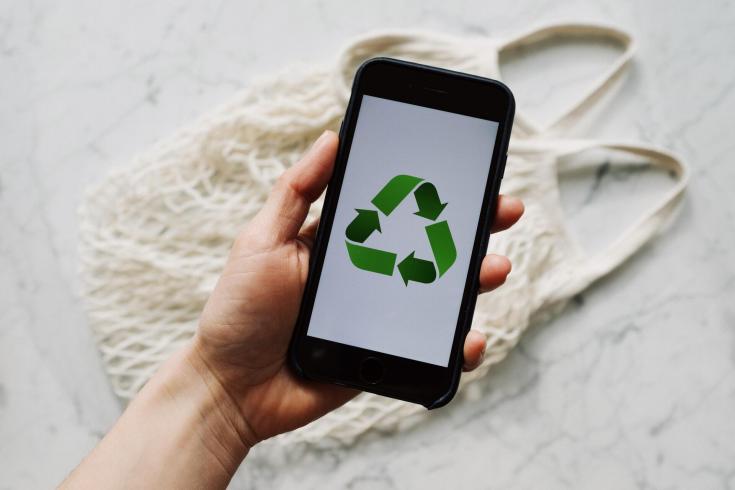The new Circular Economy Action Plan

The European Commission adopted a new Circular Economy Action Plan presenting new initiatives along the entire life cycle of products that should allow a major modernisation and transformation of Europe’s economy whilst at the same time protecting the environment and giving new rights to consumers. The plan is one of the main building blocks of the European Green Deal that sets an ambitious roadmap towards a climate-neutral circular economy.
Launching the new Action Plan, Executive Vice-President, Frans Timmermans, outlined that the current European economy is still mostly linear and said that “Many products break down too easily, cannot be reused, repaired or recycled, or are made for single use only.” Commissioner for the Environment, Oceans and Fisheries, Virginijus Sinkevičius, announced that this will change: “The new Plan will make circularity the mainstream in our lives and speed up the green transition of our economy.”
Interreg Europe projects can take immediate inspiration from the new Circular Economy Action Plan with a view to aligning the policy objectives of their future Action Plans and to monitoring the impact of their circular economy policies.
Here are the essential highlights of the new plan put forward by the European Commission:
Make sustainable products the norm in the EU
The Commission will propose legislation on Sustainable Product Policy, to ensure that products placed on the EU market are designed to last longer, are easier to reuse, repair and recycle, and incorporate as much as possible recycled material instead of primary raw material. Single-use will be restricted, premature obsolescence tackled and the destruction of unsold durable goods banned.
Empower consumers
Consumers will have access to reliable information on issues such as the reparability and durability of products to help them make environmentally sustainable choices. Consumers will benefit from a true ‘Right to Repair'.
Focus on the sectors that use the most resources and with a high potential for circularity
The Commission will launch:
- A ‘Circular Electronics Initiative' to have longer product lifetimes, and improve the collection and treatment of waste
- A new regulatory framework for batteries to enhance their sustainability and circular potential
- New mandatory requirements for packaging including the reduction of (over)packaging
- New mandatory requirements for recycled content and special attention on microplastics as well as biobased and biodegradable plastics
- A new EU strategy for textiles to strengthen competitiveness and innovation in the sector and boost the EU market for textile reuse
- A strategy for a sustainably built environment promoting circularity principles for buildings
- A new legislative initiative on reuse to substitute single-use packaging, tableware and cutlery by reusable products in food services
Ensure less waste
The focus will be on avoiding waste altogether or transforming it into high-quality secondary resources that benefit from a well-functioning market for secondary raw materials. The Commission aims to ensure that the EU does not export its waste challenges to third countries and will explore setting an EU-wide, harmonised model for the separate collection of waste and labelling.
Expected impact
A circular economy reduces pressure on natural resources and is a precondition for achieving the climate-neutrality target by 2050 and halting biodiversity loss. Half of total greenhouse gas emissions and more than 90% of biodiversity loss and water stress come from resource extraction and processing.
The circular economy will have net positive benefits in terms of GDP growth and job creation since applying ambitious circular economy measures in Europe can increase the EU's GDP by an additional 0.5% by 2030 creating around 700,000 new jobs.
For more information, see the new Circular Economy Action Plan, as well as the Commission Q&A and factsheet.
